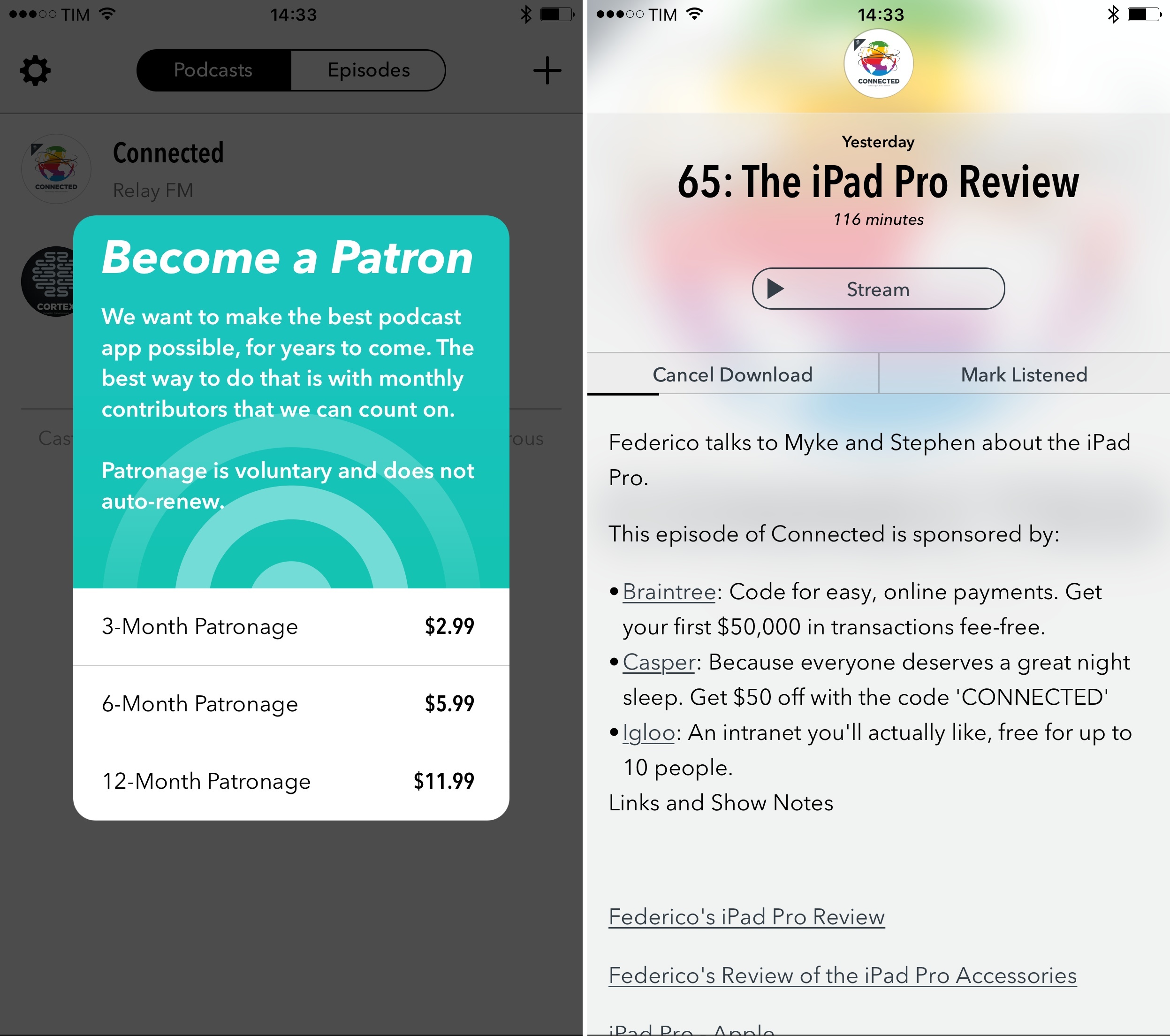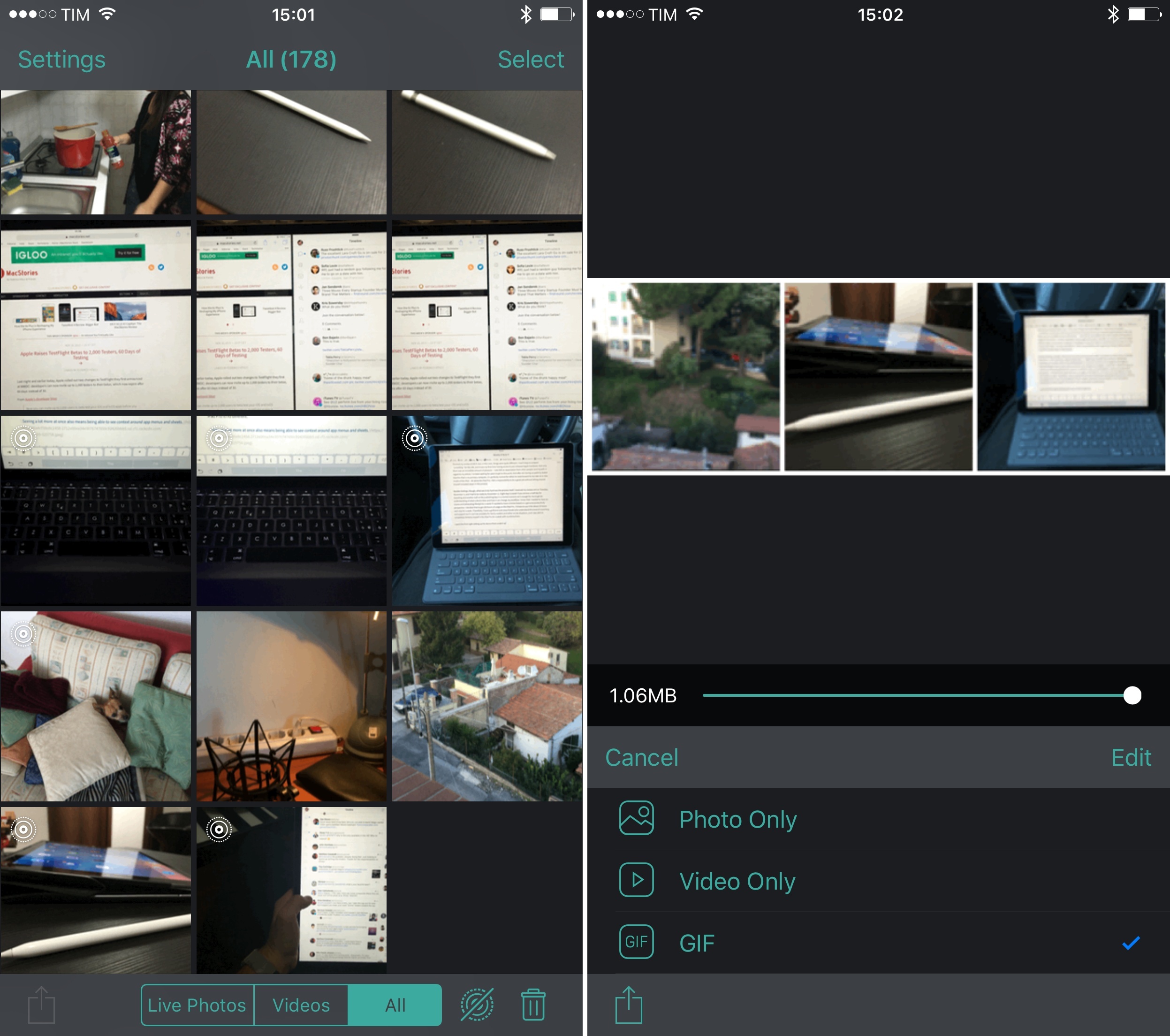I know quite a few people who, upon setting up a Mac for the first time, immediately set up f.lux on it. f.lux is a free utility that changes the color of your computer’s display to adapt to the time of the day, so it’s warmer and easier on the eyes at night. I was never able to get into it (maybe because I didn’t have the patience), but many people trust it as it’s made their OS X experience better for years.
The f.lux team has built an iOS version of the app – unfortunately, they can’t release it publicly due to App Store restrictions. So, they’ve come up with a beta version that anyone can install with a free developer account and Xcode on the Mac:
Xcode 7, you can install apps directly to your iOS device with a free account from Apple. So we decided to make a beta version of f.lux for people to try.
It’s a few more steps than installing the app store, but there are plenty of harder things even on Pinterest. So, here’s how to get f.lux installed on your iOS device.
Obviously, by sideloading an app like this, you’re installing an app outside of the controlled App Store environment at your own discretion:
By loading an app this way, there are no automatic updates or bug fixes, so this version does a daily update check. If one is available, a message will appear at the bottom of the app, so you can stay up to date when we make fixes.
I’m not sure I’ll finally try f.lux this time, but it’s fascinating to see how popular this beta has become over the past 24 hours on blogs and Twitter. Imagine if, like on the Mac, Apple provided a framework to distribute and install iOS apps outside of the App Store with some security in place and a UI to manage sideloaded apps. Until a couple of years ago, it seemed obvious that it would eventually happen on iOS too.
Update 11/12
Well, that didn’t take long:
Apple has contacted us to say that the f.lux for iOS download (previously available on this page) is in violation of the Developer Program Agreement, so this method of install is no longer available.
We understood that the new Xcode signing was designed to allow such use, but Apple has indicated that this should not continue.
I assumed this would happen, and I hope we’ll see an open-source mirror on GitHub soon. f.lux has such a positive impact on lots of people (f.lux for desktop has been downloaded over 15 million times), I think Apple should work with the company to bring it to iOS as well – if only from an Accessibility standpoint.




